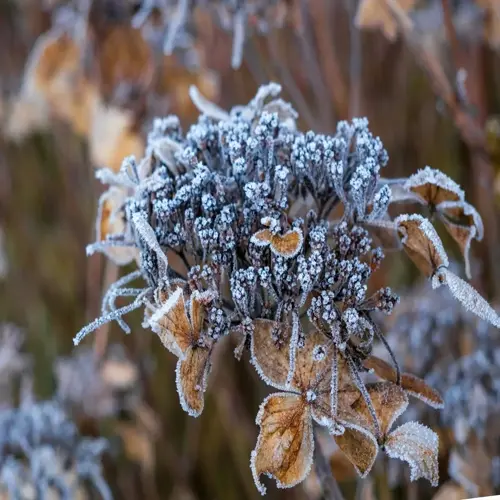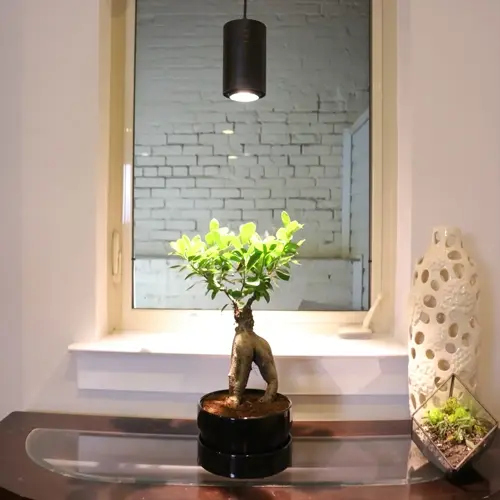How long should grow lights remain on daily?

Written by
Olivia Mitchell
Reviewed by
Prof. Samuel Fitzgerald, Ph.D.Duration of light per day is highly dependent on the light need category and the plant growth stage. Low-light plants, such as snake plants, require 10 to 14 hours of light daily. Foliage plants like Monstera require 12-16 hours of light. Fruiting plants, such as tomatoes, require 14-18 hours of light.Always provide plants a total of 6+ hours of undisturbed darkness for respiration cycle processes.
Growth Stage Requirements
- Seedlings: 16-18 hours for root establishment
- Vegetative: 14-16 hours for leaf development
- Flowering: 12 hours for short-day species
- Fruiting: 14-18 hours for maximum yield
Environmental Adjustments
- Winter: Add 2-4 hours to compensate for weaker light
- Summer: Reduce 1-2 hours with intense natural light
- Humid climates: Extend duration for better transpiration
- Dry climates: Shorter periods prevent moisture stress
Utilize automated timing systems for consistency. Programmable digital timers with sunrise simulation capability will have an ideal light duration if integrated into a gradual 30-minute ramp-up and down, similar to the natural dawn/dusk. Lights should evenly cover the entire canopies. Plants with the same requirements should be grouped for scheduling efficiency.
Light duration is also important for your plants. Long-stemmed leaves can suggest not enough hours of light, while curled leaves could mean the opposite. Flowering varieties may not produce blooms if their photoperiods do not match the length they require for flowering. Fruiting species may yield less if photoperiod timing is out of sync. Keep an eye on the new growth weekly so you can quickly recognize if there's an issue developing.
Special treatment is required for special situations. Short-day plants (like a poinsettia) will only flower under particular cycles, like 12 hours of light and 12 hours of darkness. Hydroponic systems may perform better with longer cycles (18 hours). Each cycle should be changed every month, allowing for monitoring of the plant's development from seedling to full size. Your plants will similarly prosper and mature with healthy, vigorous growth, provided you time it correctly.
Read the full article: Indoor Plant Lighting Essentials Explained

